This September, get ready for a celestial close call as an asteroid the size of two football fields zooms past Earth.
Dubbed ‘2024 ON’, this massive space rock, stretching 720 feet across, is scheduled to pass within just 620,000 miles of our planet on September 15. It’s one of the biggest near-Earth visitors we’ll see this year.
Catch a Glimpse of ‘2024 ON’
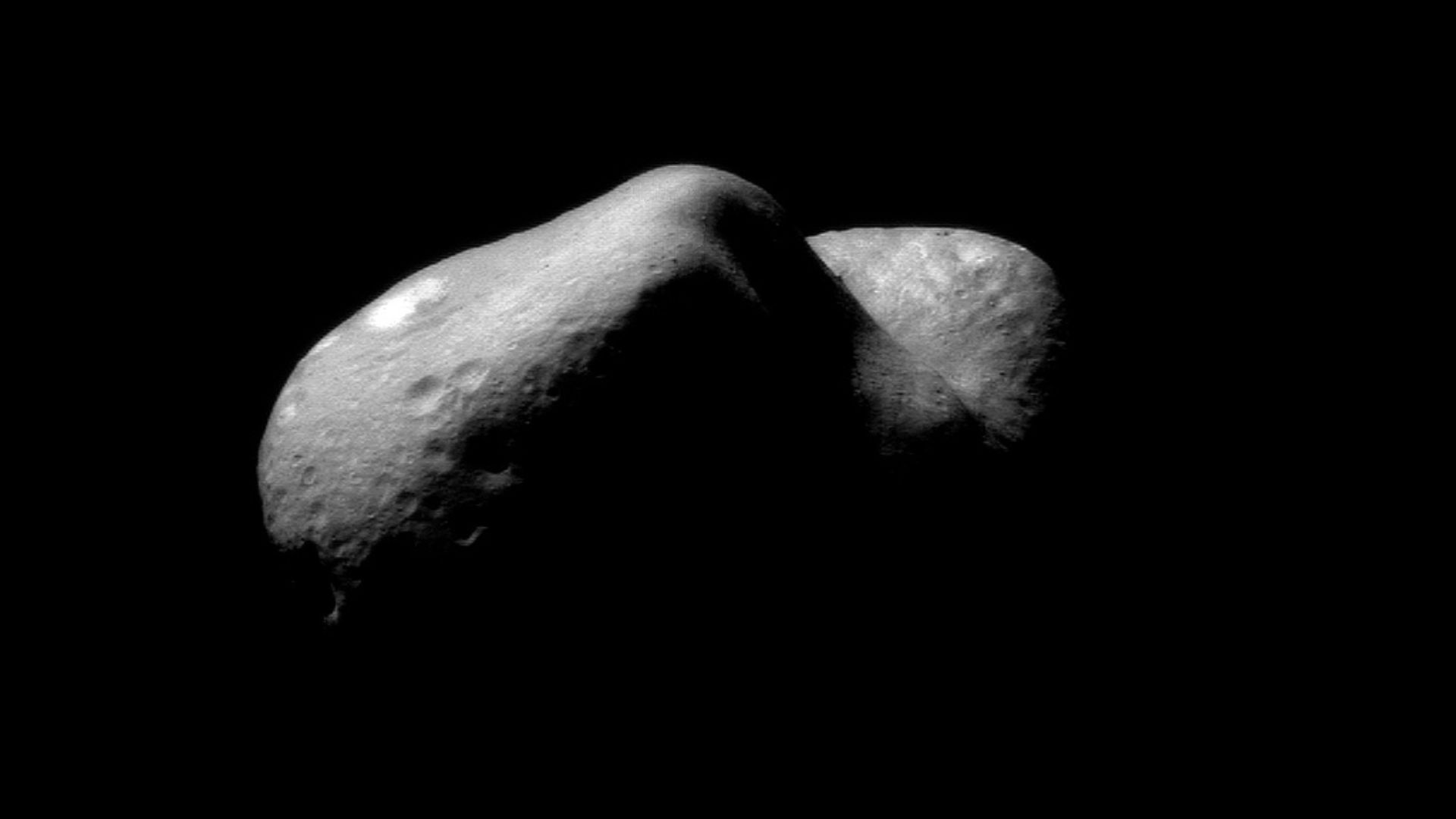
If you’re in the northern hemisphere and have access to a telescope or even a good pair of binoculars, mark your calendar. ‘2024 ON’, thanks to its impressive size, should be clearly visible as it makes its journey past Earth.
It’s a perfect chance for amateur astronomers to witness a significant space event right from their backyards.
Under NASA’s Watchful Eye
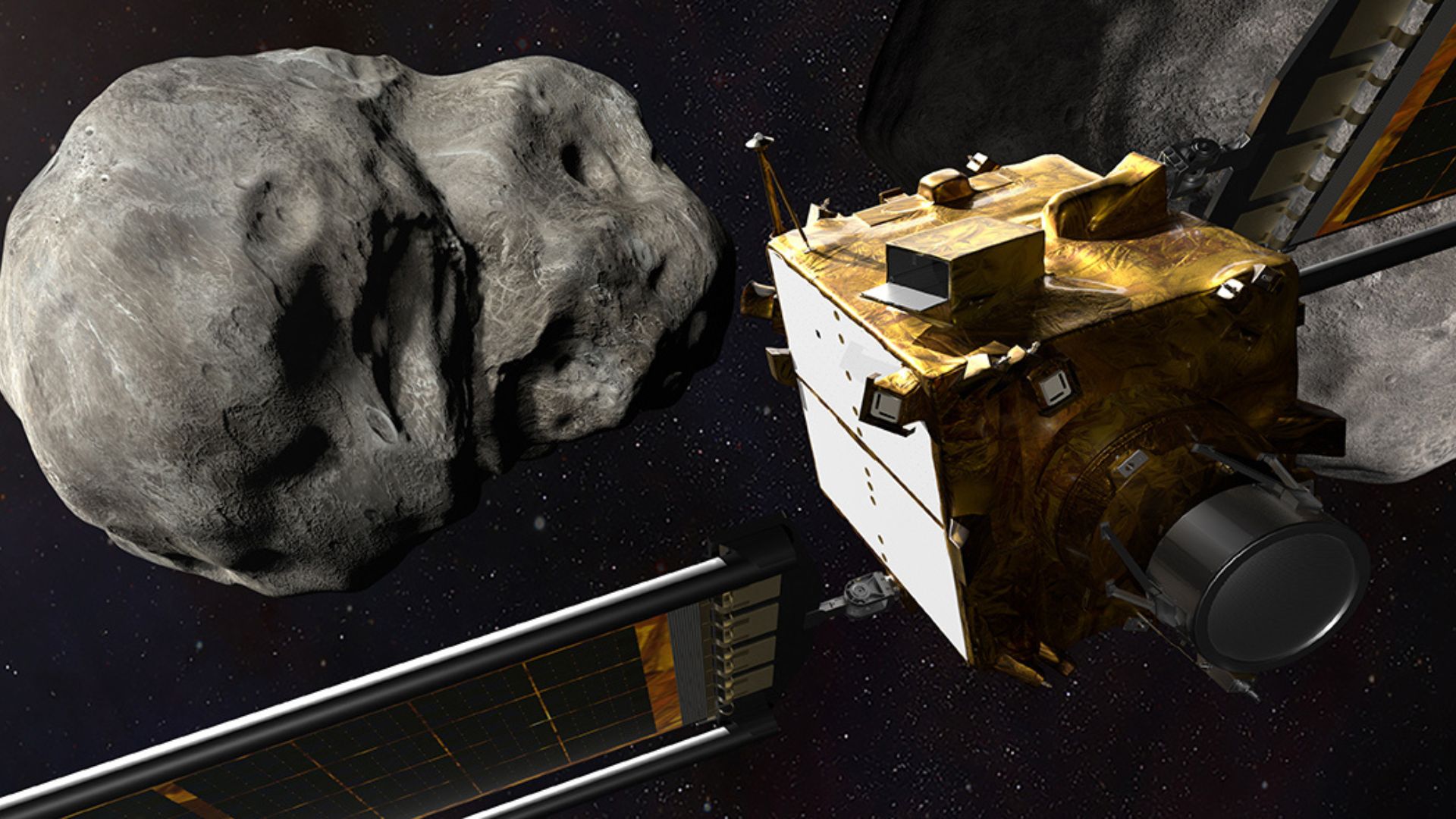
NASA is keeping a close eye on ‘2024 ON’, tracking its path as part of their mission to monitor near-Earth objects.
These efforts help determine whether objects like this pose any real threat and ensure that we’re prepared to defend our planet if necessary.
NASA’s DART Mission: A Test of Planetary Defense
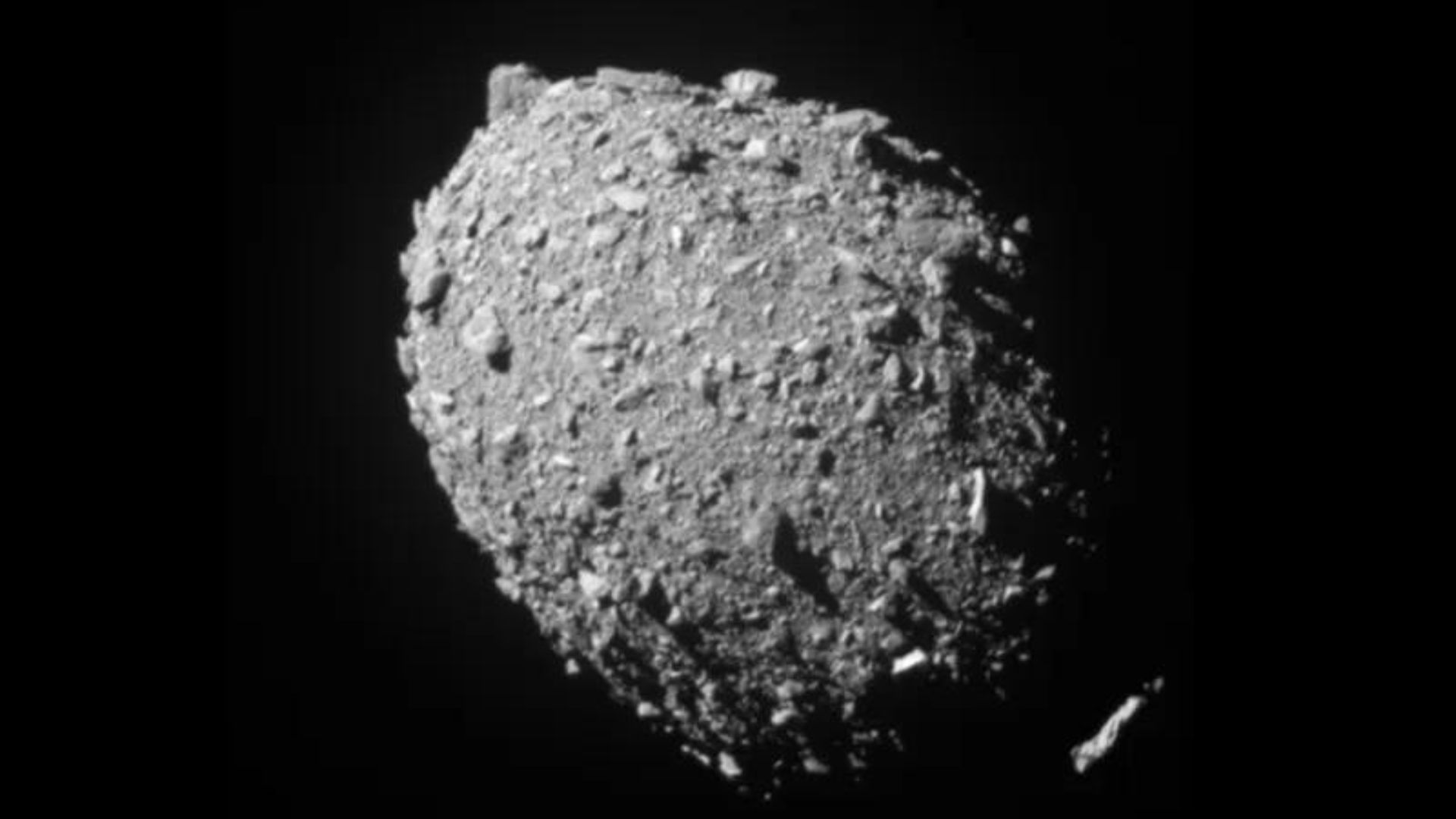
NASA isn’t just watching asteroids; they’re actively testing ways to deflect them.
The Double Asteroid Redirection Test (DART) is their latest experiment, aiming to see if we can nudge a potentially dangerous asteroid off its collision course with Earth. This mission is key to our future safety from asteroid impacts.
What Is ‘2024 ON’?
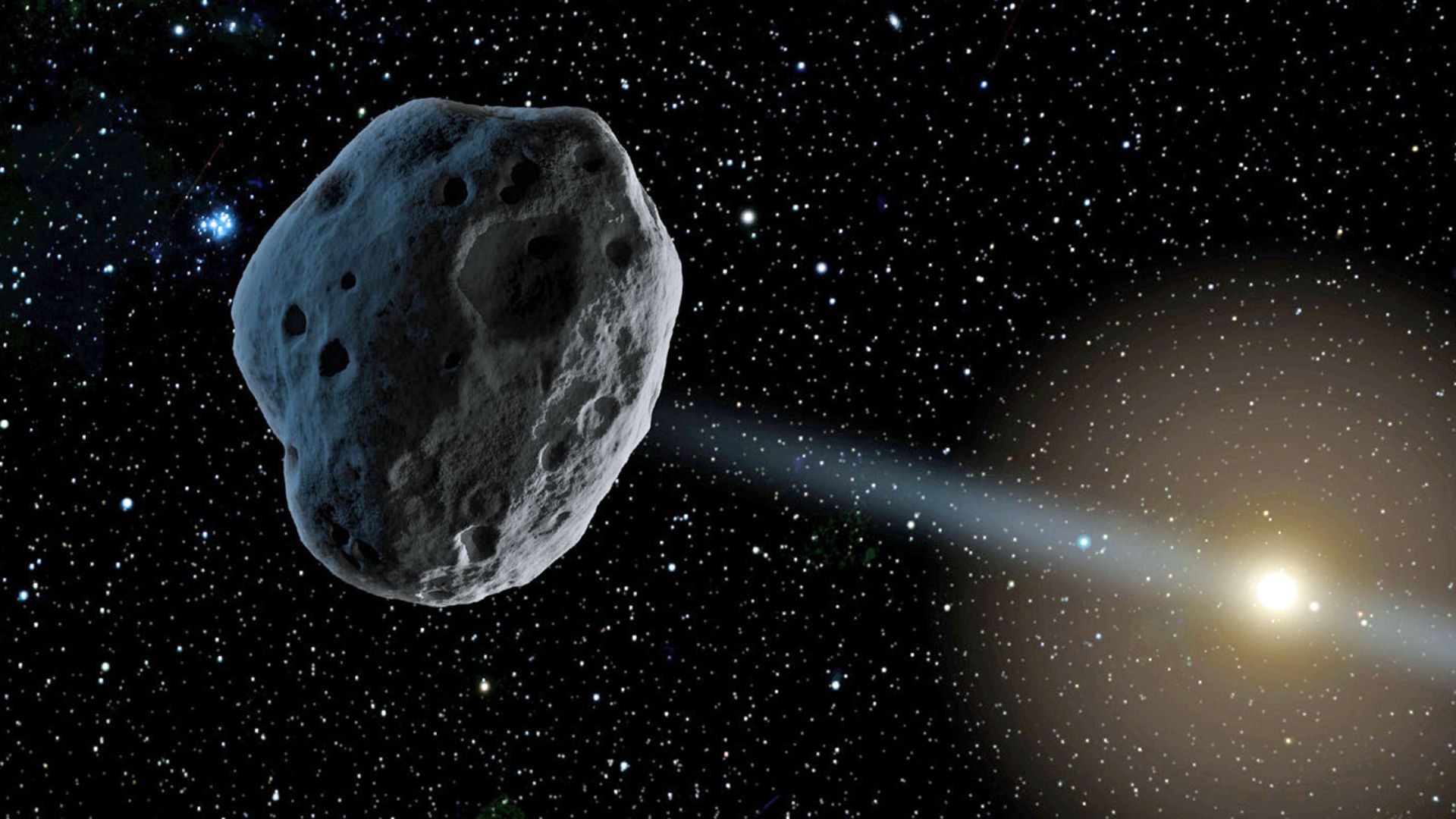
Made up of rock and metals such as nickel and iron, ‘2024 ON’ is a relic from the dawn of the solar system over 4.6 billion years ago.
Studying its composition gives scientists crucial insights into the early days of the cosmos and helps us understand more about our own planetary neighborhood.
A Meteoric Buzz Over New York

This July, a bright meteor streaked spectacularly over the Statue of Liberty, capturing the attention of New Yorkers and making headlines.
This event added an extra spark to a season already filled with intriguing astronomical happenings.
The Speedy New York Visitor
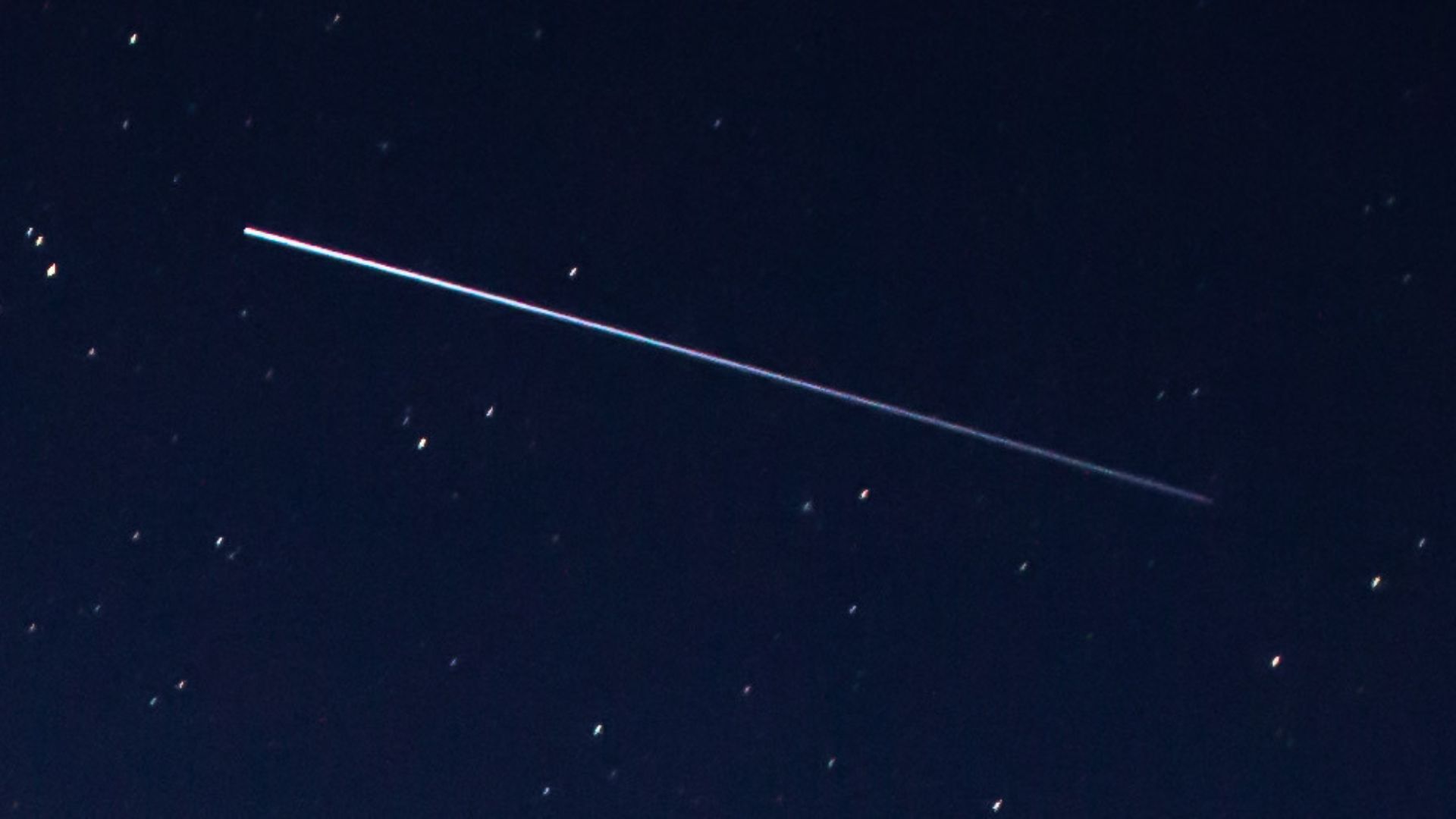
Traveling at a blistering 34,000 miles per hour, the meteor that illuminated New York’s skies took a steep dive “at just 18 degrees from vertical, passing over the Statue of Liberty before disintegrating 29 miles above midtown Manhattan.”
It was a vivid reminder of the dynamic and unpredictable nature of space objects.
NASA Explains Fireballs

NASA describes fireballs as exceptionally bright meteors that are visible across vast areas due to their brilliance.
Such events are rare during the day, which made the sighting in New York not only unusual but also extraordinarily striking.
Close Call in Space
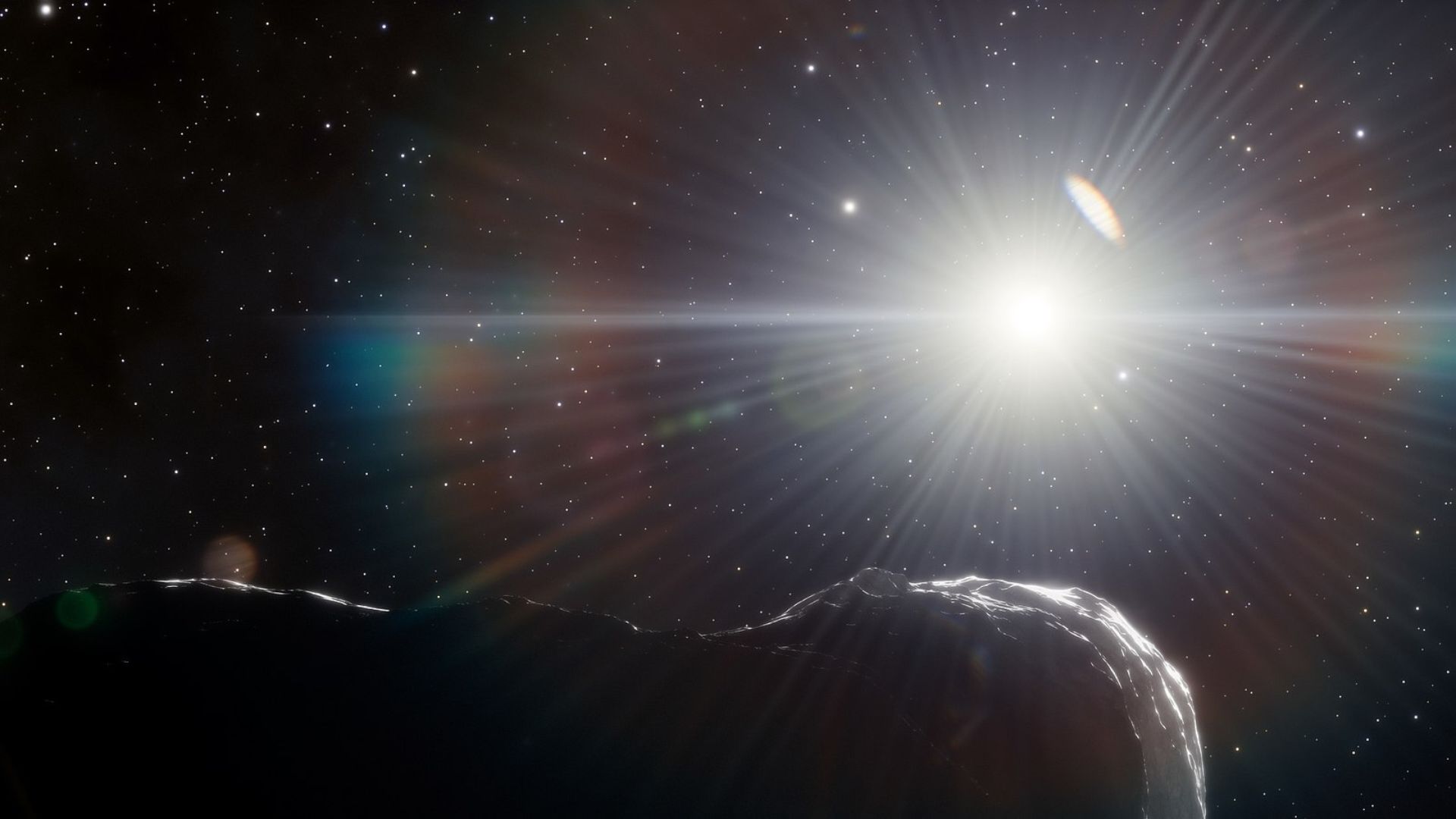
When astronomers talk about a ‘close call’, they mean objects like ‘2024 ON’ that come alarmingly close to Earth.
While 620,000 miles might sound like a safe distance, in space terms, it’s a narrow escape and calls for careful monitoring and study.
Media Spotlight on the Near Miss
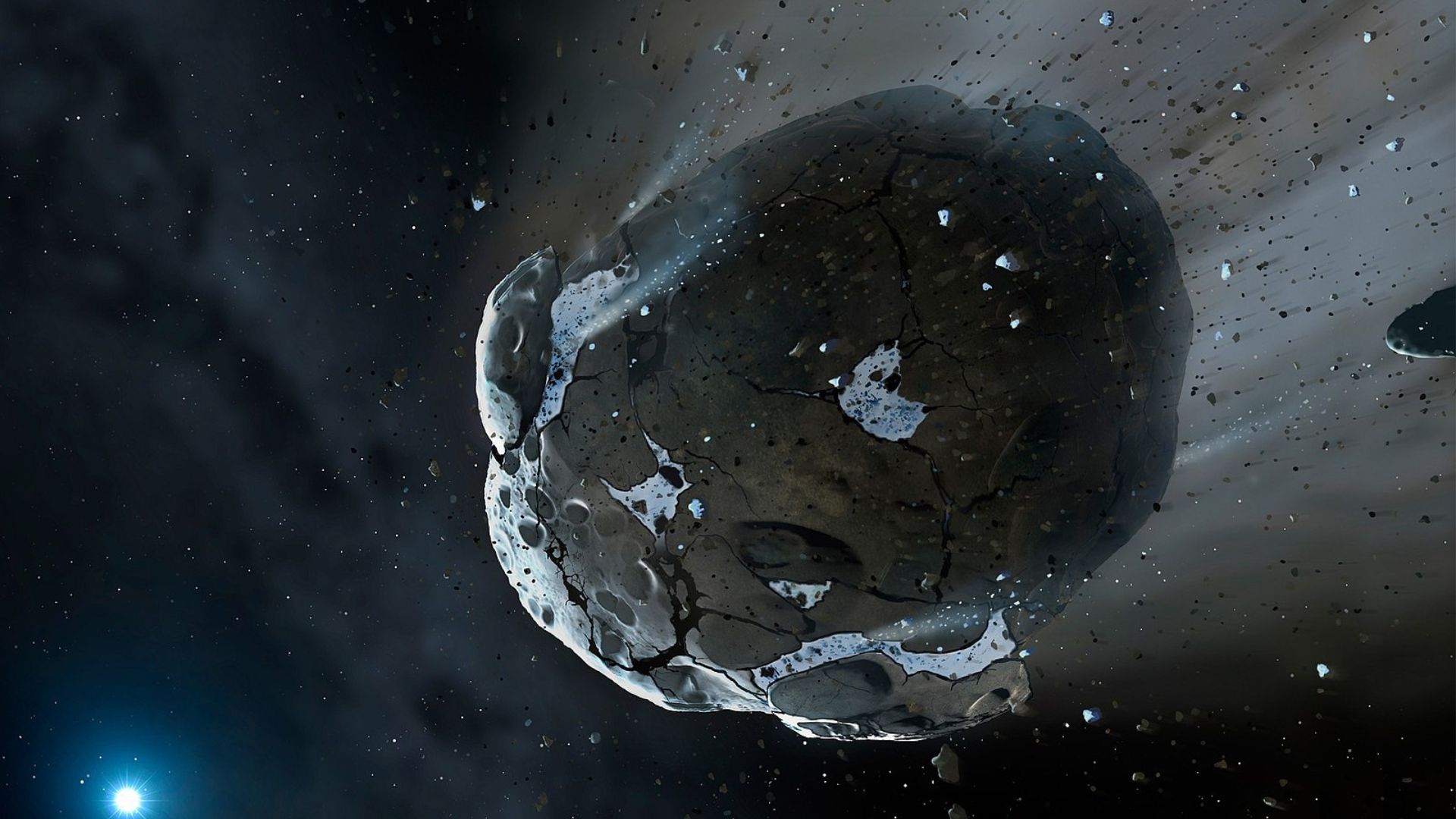
Business Today reported on ‘2024 ON’s approach, emphasizing its classification as a ‘close call’ in astronomical terms.
Such encounters are critical because they highlight the need for ongoing vigilance in space surveillance and preparedness against potential asteroid threats.
The Importance of Keeping an Eye on the Sky

Monitoring asteroids is a fundamental part of NASA’s mission to protect Earth.
By tracking these space rocks, NASA can not only forecast potential paths and impacts but also gather essential data about their physical properties, which is crucial for developing effective defense strategies.
NASA’s Continued Vigilance

The encounter with ‘2024 ON’ is just one of many such events that NASA will keep a close watch on.
Each asteroid that passes near Earth provides valuable data that enhances our understanding and prepares us better for future visitors. It’s all part of NASA’s commitment to safeguarding our planet from the unknowns of space.
